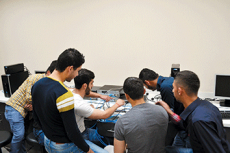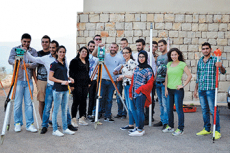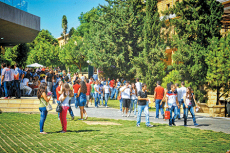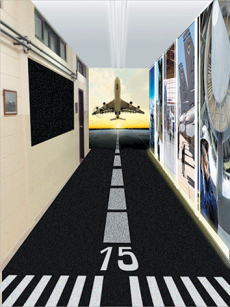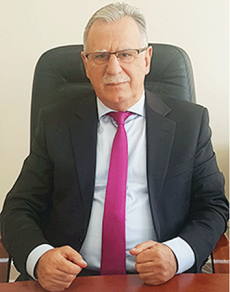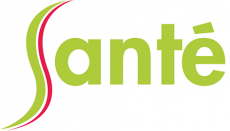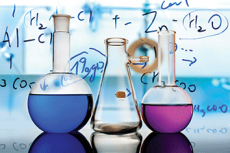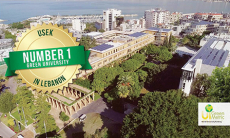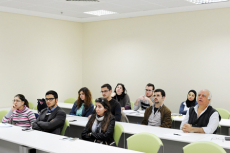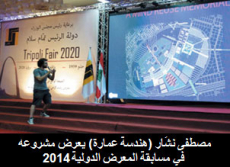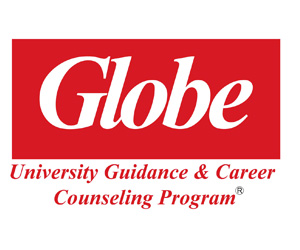AUB researchers turn a forest fire hazard into a water purification opportunity
Led by civil and environmental engineering professor George Ayoub, the AUB group was the first scientific team to use dry pine needles to produce activated carbon, a material that is used to purify water, air filters, and several production processes. The team was also the first to scientifically test the effectiveness of the pine-needle-produced-activated carbon in removing heavy metals from water.
In theory, all organic material can be turned into activated carbon, but coal and wood are the most commonly used source materials.
However, AUB researchers, inspired by the abundance of pine trees on campus, decided to test a new source: dry pine needles.
The results have been positive, prompting researchers to push for collecting dry pine needles from forests, instead of leaving them as the spark that could consume Lebanon’s dwindling trees.
While activated carbon is used to remove heavy metal contaminants from industrial wastewater, its decontamination effectiveness varies from one material to another.
The AUB experiment showed that the newly prepared pine-needle activated carbon is effective in adsorbing toxic heavy metals under various operating conditions.
“The advantages [of pine needles] are that they are available worldwide and in large quantities,” said Ayoub. “They are very simple to collect, and they’re already dry so they don’t require a lot of breaking down in order to convert them [into activated carbon]. In other words, it’s much cheaper to turn pine needles, instead of wood, into activated carbon.”
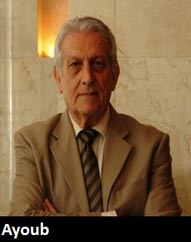
Professor Ayoub added that relying on pine needles would reduce the use of pinewood that is sourced by cutting down pine trees for the purpose of producing activated carbon. This current practice leads to forest destruction and environmental degradation.
“By turning pine needles into activated carbon,” Ayoub added, “we would be turning a ubiquitous, potentially harmful material, into an economically advantageous product.”
Ayoub conducted the experiment along with Ahmad Damaj, also of the Department of Civil and Environmental Engineering, Mahmoud Al-Hindi of the Chemical Engineering Program at AUB, and Houssam El Rassy from AUB’s Department of Chemistry. Their findings on the removal of Nickel and Cadmium from water were presented at the international conference WIN4Life on Tinos Island in Greece, in 2013, and published in Balaban Desalination Publications, in 2014.
While local Lebanese regulations on the treatment of industrial contaminants are hardly enforced, Ayoub believes there is still a large market for activated carbon, which makes the collection and conversion of pine needles a viable business.
“Activated carbon is used very much in the water treatment industry,” he said. “It’s the best adsorbent material that you can think of. It’s also used in medicine.”







